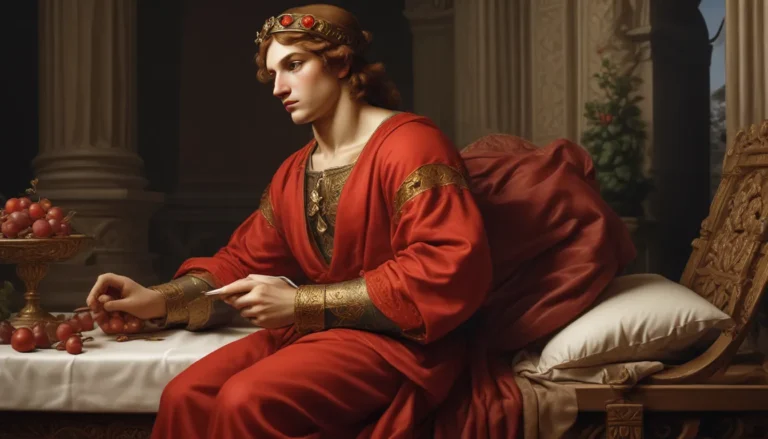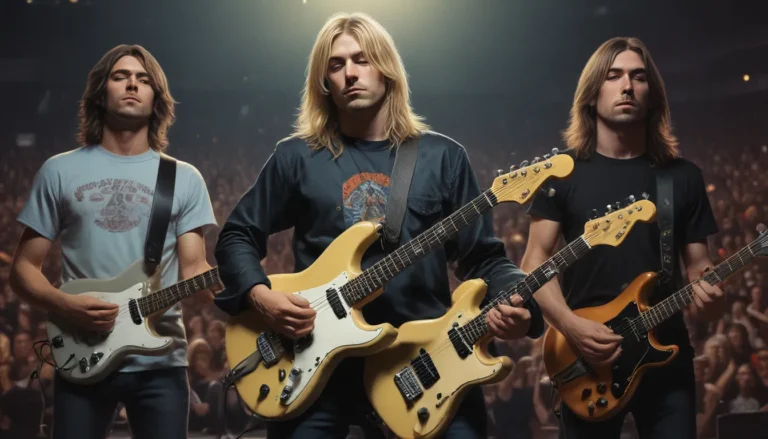The images in our articles may not match the content exactly. They are used to grab your attention, not to show the exact details in the text. The images complement the text but do not replace it.
Have you ever heard of Amerigo Vespucci? While Christopher Columbus may be more well-known for his expeditions, Vespucci played a crucial role in shaping European perceptions of the New World. From his travels to the Americas to the controversies surrounding his claims, there’s much to learn about this fascinating figure. Join us as we delve into the life and legacy of Amerigo Vespucci, a key player in the Age of Exploration.
The Naming of the Americas
While Vespucci didn’t name the Americas after himself, his voyages played a significant role in the recognition of the Western Hemisphere as the New World. In 1507, Matthias Ringmann and Martin Waldseemuller used Vespucci’s name to label the New World on their maps. This decision was based on Vespucci’s published letters, which confirmed the existence of the Antipodes long theorized since Greco-Roman times. Thus, the name “America” stuck, becoming permanently established on maps by the 1530s. Gerardus Mercator, a renowned mapmaker, further cemented Vespucci’s place in history by representing North and South America on his maps.
Journeying Across Europe
In his youth, Amerigo Vespucci traveled extensively across Europe, even spending time at the Court of King Louis XI of France. He accompanied his cousin Guido Vespucci on a diplomatic mission to gain French support for Florence against Naples. While the specifics of Amerigo’s role in the mission remain unclear, evidence suggests he served as a secretary to his cousin. Despite their efforts, they returned to Florence in 1481 having not achieved their goal.
A Link to Columbus’ Voyages
During his time working for the Florentine merchant Gianotto Berardi, Amerigo Vespucci was involved in Columbus’ expeditions to the New World. Berardi, a key investor in Columbus’ ventures, entrusted Vespucci with the execution of his will upon his death in 1495. Vespucci then continued Berardi’s business of equipping and supplying ships for voyages to the West Indies. However, the promised profits failed to materialize, leaving Vespucci in debt to creditors.
Unraveling Vespucci’s Claims
Early modern historians cast doubt on the authenticity of Vespucci’s claims regarding his voyages. The primary source of Vespucci’s purported role in the expeditions comes from four letters published between 1500 and 1505. This led to skepticism from contemporaries like Sebastian Cabot and Bartolomé de las Casas, who accused Vespucci of fabricating his adventures. Even in the 19th century, doubts persisted, with critics questioning Vespucci’s integrity in claiming credit for discoveries made by other explorers.
The Mystery of Vespucci’s Expeditions
Scholars continue to debate the extent of Vespucci’s involvement in the voyages to the Americas. While most agree on his participation in the 1499 and 1501 expeditions, his role in earlier ventures remains shrouded in uncertainty. In particular, discrepancies in Vespucci’s letters, such as conflicting astronomical observations and travel distances, raise questions about the accuracy of his accounts. Modern historians question whether Vespucci himself wrote the published letters, suggesting they underwent editing and embellishment before publication.
Vespucci’s Legacy
Despite the controversies surrounding his claims, Vespucci undeniably played a vital role in popularizing the concept of the New World in Europe. While Columbus blazed the trail, it was Vespucci’s writings that captured the imagination of the European populace. His legacy as a pioneering explorer during the Age of Exploration endures, shaping historical narratives surrounding the discovery of the Americas.
The Influence of Vespucci’s Wife
Maria Cerezo, Vespucci’s wife and daughter of Gonzalo de Córdoba, wielded significant influence in her husband’s life. Her familial connections granted Vespucci access to influential circles in Spain, enhancing his stature and opportunities. Additionally, Maria actively participated in her husband’s business affairs, overseeing matters in his absence and holding power of attorney during his overseas expeditions. Her partnership with Vespucci highlights the importance of familial support in shaping the trajectory of historical figures.
Conclusion
From his travels across Europe to his role in defining the New World, Amerigo Vespucci remains a figure of historical intrigue and debate. While uncertainties surround the authenticity of his claims and the extent of his contributions to exploration, Vespucci’s impact on European perspectives of the Americas is undeniable. As we unravel the mysteries of his life and legacy, we gain insight into the complexities of the Age of Exploration and the individuals who shaped its course. Join us in uncovering the fascinating story of Amerigo Vespucci, a key player in the era of discovery and expansion.






